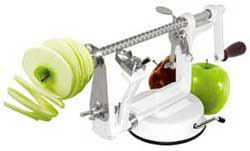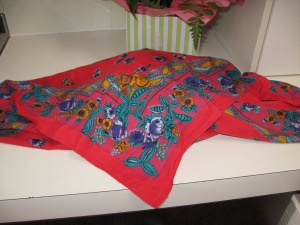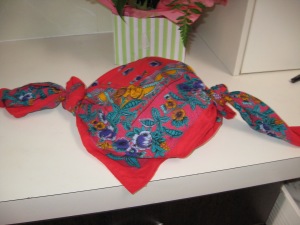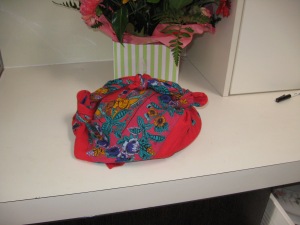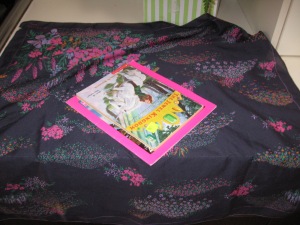I just read some very interesting reports from the Silent Spring Institute and I feel it puts some of my recommendations into perspective.
Basically the report has shown that women who are the highest users of fragrances, mould killers (think bathroom cleaning products), insect repellants and other cleaning products were twice as likely to develop breast cancer than women who reported low usage of these products. Many of these products contain phthalates which are known endocrine disruptors which have shown to increase the risk of breast cancer in animal studies. So why should we be surprised when the same problems turn up in humans too?
The problem is I am constantly recommending people to keep their houses clean. What I mean by clean may be different to what others are thinking and it might help the more… shall I say ‘relaxed’, housekeepers out there hold their heads high.
The best way to avoid pollutants is to stop bringing them into your house altogether. This is the most important thing to remember because once chemicals are already in your home they are harder to get rid of. Stop buying products that list ‘fragrance’ on the label, they will most probably contain phthalates. Try Bi-carb soda, it works wonders in most cleaning situations.
Most of us have a TV, computer or other electrical devices. These probably contain flame retardants which are associated with a whole host of problems. Even mattresses and couches can be treated with flame retardants. So the best advice here is to choose wisely and carefully about what appliances/furniture etc you bring into the home (do you really need a TV in your bedroom?).
If you are already stuck with something that is contentious then keep your house as dust free as possible. Flame retardants, frangrances and other chemical nasties break down and become part of the dust in your house. People with small children should be extra careful about this because small children inhale dust at phenominal rates (they crawl on it, lick it, eat it, you get the picture!) Vaccuming regularly with a vaccume with a HEPA filter and wiping surfaces with a damp cloth or mopping are the best ways to keep your house clean.
And if your house smells bad and you are thinking about using a air freshener, you’ll like this next piece of advice. Air the house out regularly. Try for an hour each day to fully exchange the indoor air with the outside air which is generally much cleaner. No need for air freshener and cleaner, sweeter air for everyone.
Now that’s what I mean by a clean house!
Take Care,
Jeddah
